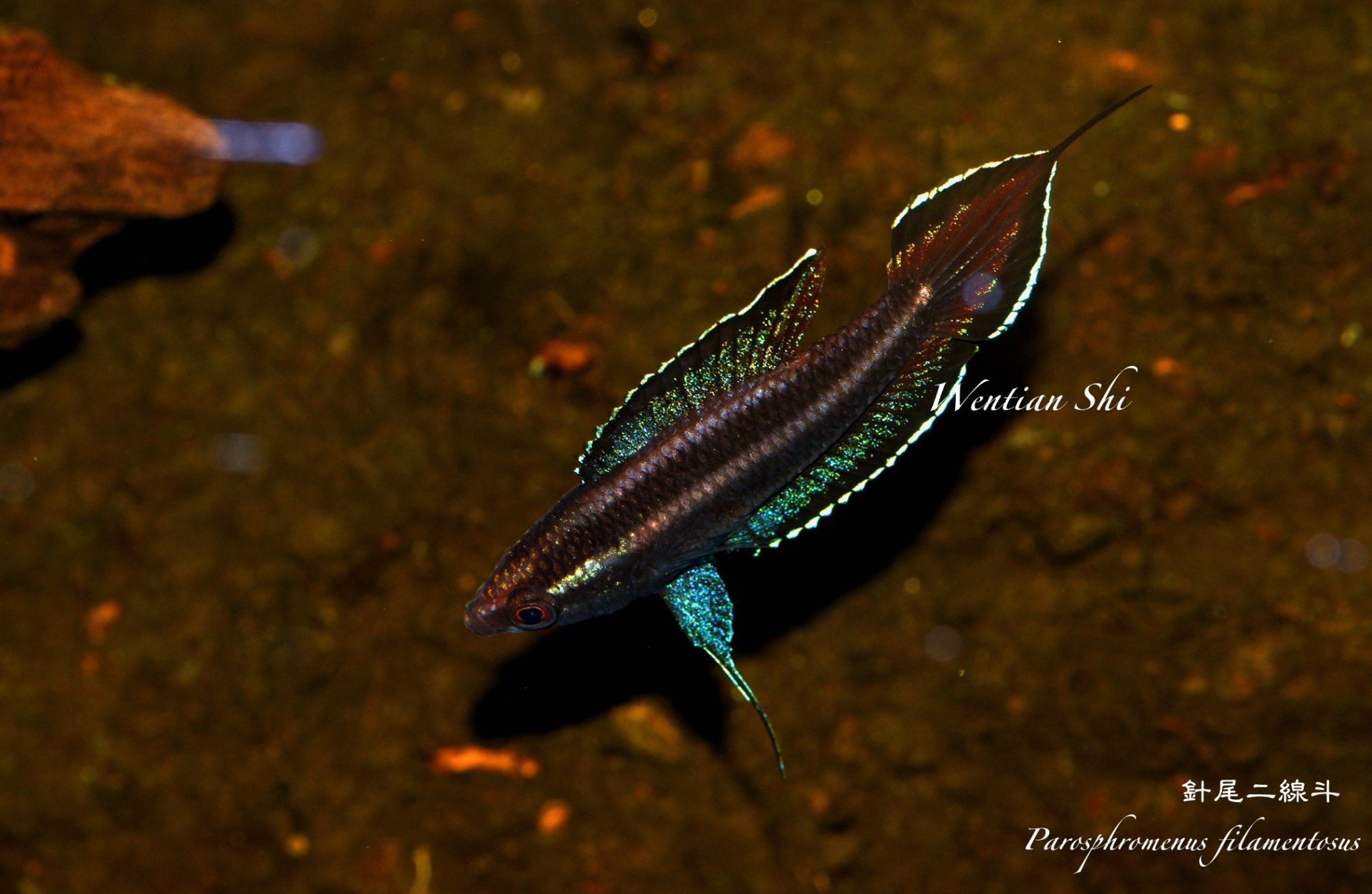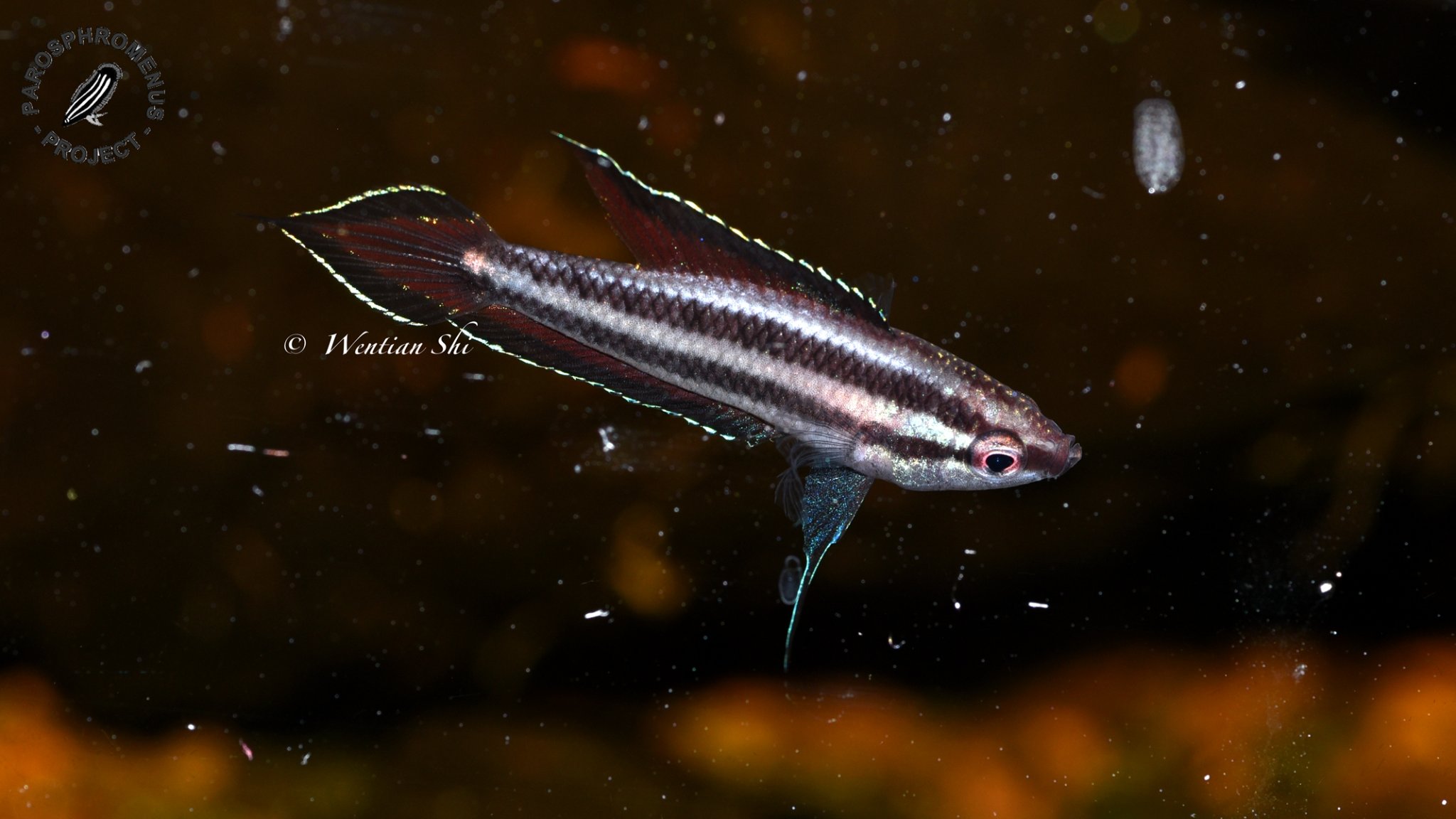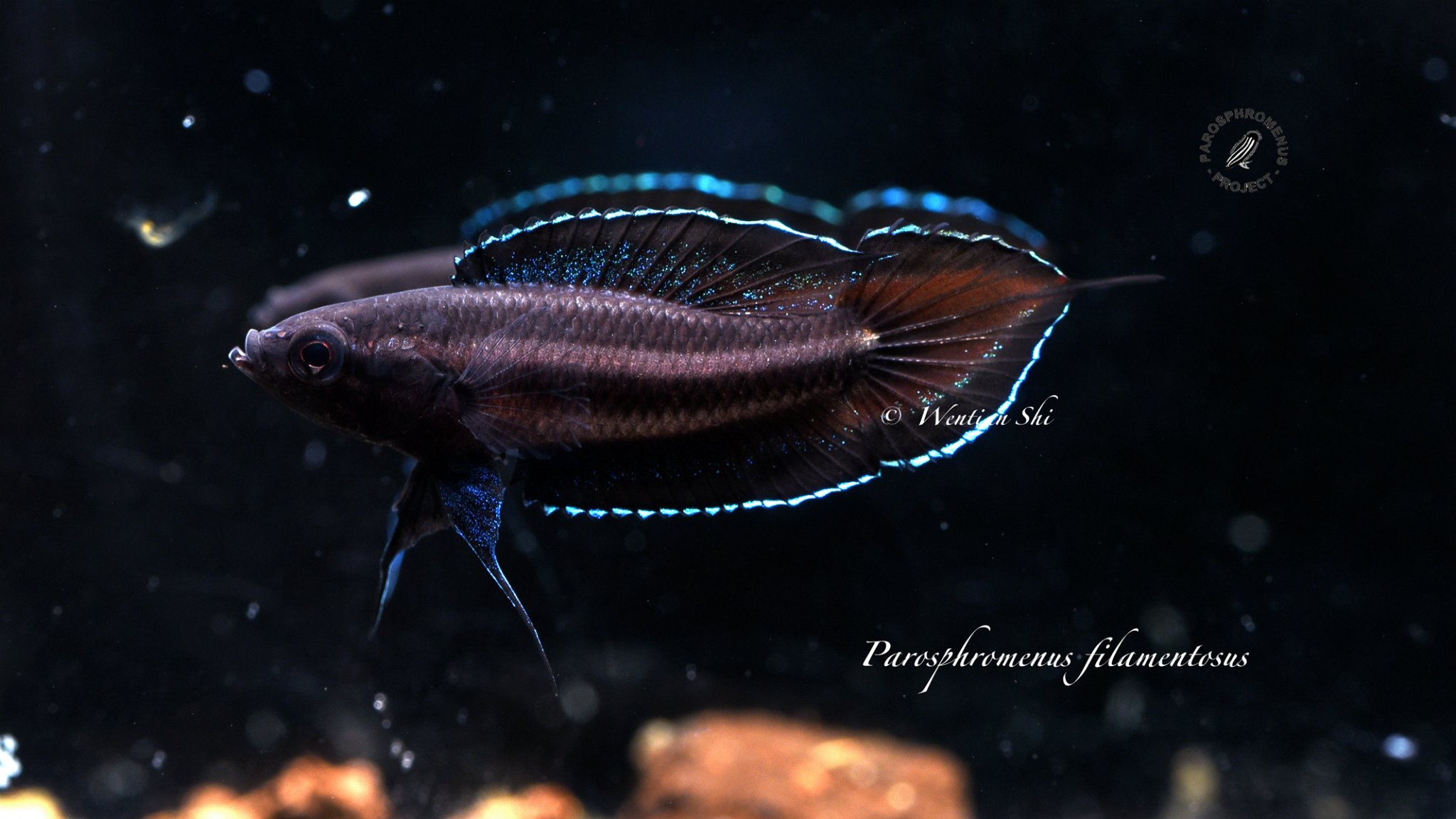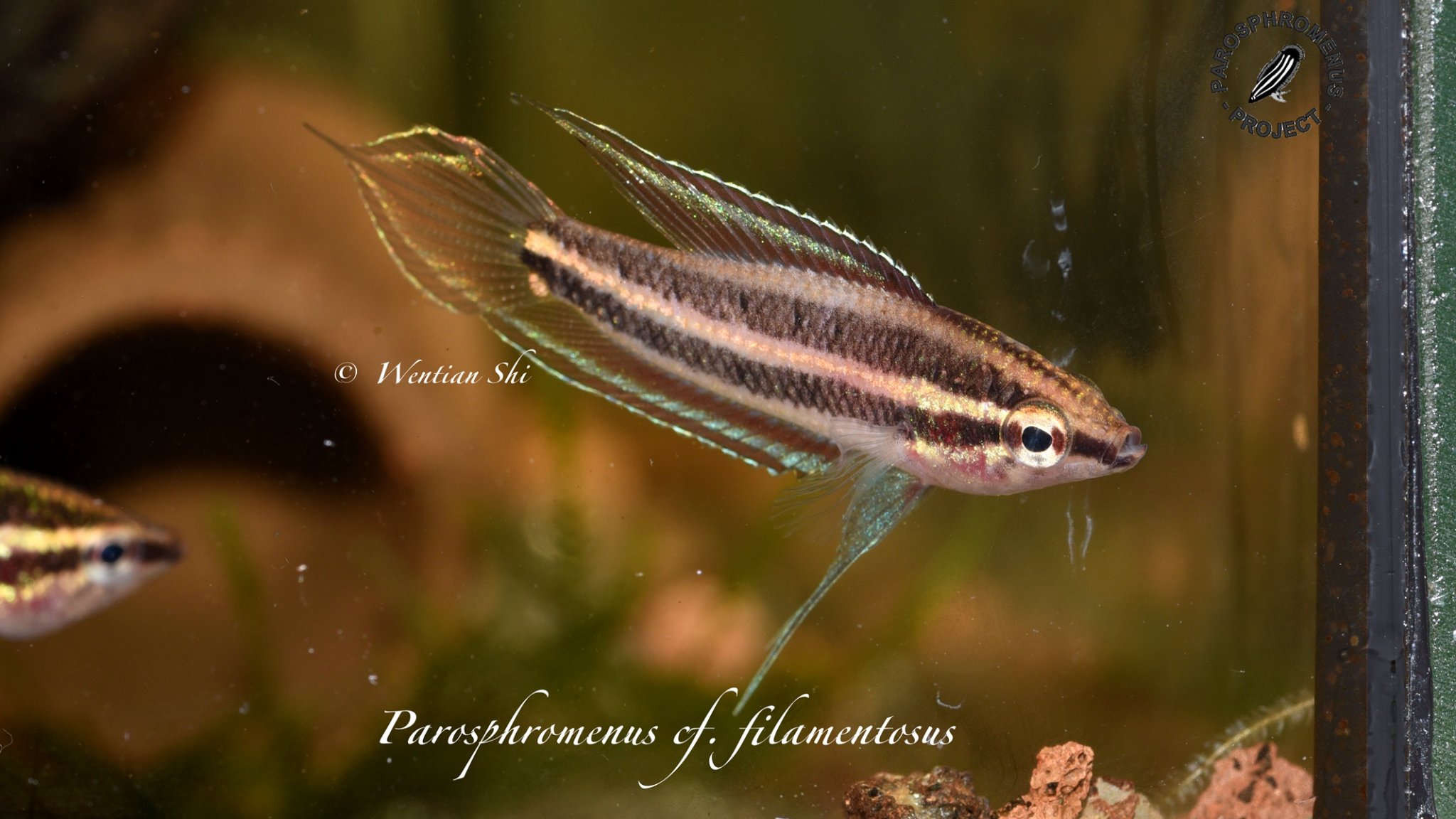P. filamentosus 3
Old vs. New
Filamentosus is quite an old species, found and identified at 1980s. However, they are not so common in the market afterwards. Less often collected from their type locality, around Banjarmasin, Kalimantan Selatan.
Since 1990s it is known that there is a similar species labeled as cf. filamentosus around Palangkaraya, quite far from Banjarmasin. Even not in the same river system. After that, several other populations have been recorded inbetween. socalled, sp. Gawing from Sg. Kapuas at the middle, and sp. Ampah from Barito east. To clarify this isue, we made a trip into this area, from west to east, across the three main rivers there, Kahayan-Kapuas-Barito. The result is interesting.
All the northern ones are similar looking, which can be considered as same, cf. filamentosus Palangkaraya, sp. Gawing, and sp. Barito west, they have a distinct band at unpaired fin and a similar coloration. This is slightly different from currently remaining population from the south, Banjarmasin: which do not have such band at all or very vague without distinct shape. The problem now is:
All the current filamentosus commercial exported are these northern ones. The remaining southern types are old tank breed of a decade or so. We do not know now for sure the true looking of these southern ones from type locality. Maybe this morphological distinction is not real in the wild, but a reason of tank breed etc. Maybe there are no cf. filamentosus but all just filamentosus.
Unfortunately at our previous expedition we didnot managed to reach far south to Banjarmasin, and the habitat there is also severely affected by economic activities. If possible we would be happy to see fresh samples from their original habitat to compare with the current tank lines and their northern relatives. So we can know how filamentosus real looks like.
Any help is welcome, if you live in Selatan maybe you can try provide some updates of this species.





